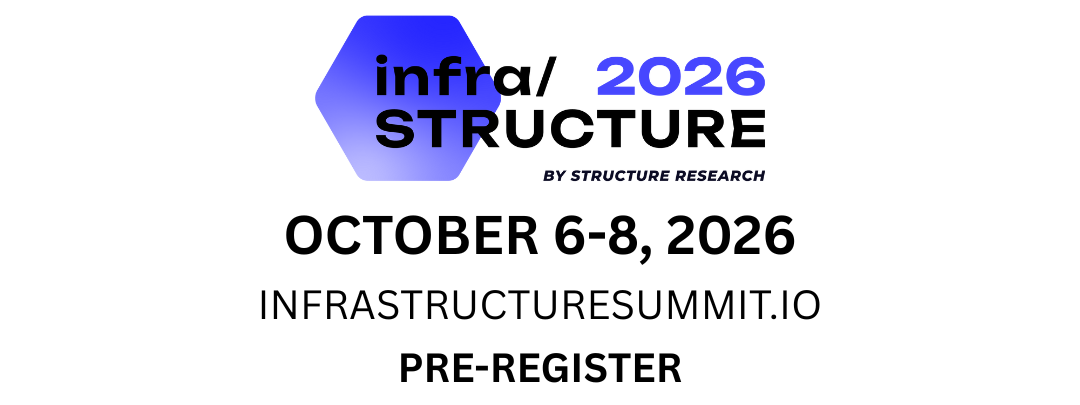WSS: AI growth driving hyperscale and neocloud demand a NVIDIA continues to seed delivery ecosystem
It was a busy week as demand for AI-oriented infrastructure drove consumption of hyperscale cloud and neocloud platforms. There were a number of large deals signed and while they opened up questions about supply and capacity constraints, and the ability to pay the bills, they speak clearly to the state of demand and where things are headed.
OpenAI continues to drive end user demand for cloud infrastructure capacity and it significantly expanded its commitment with Oracle Cloud. The numbers are not firm officially, but Oracle’s huge increase in its quarterly RPO number (disclosed in recent earnings report) point to a deal that is being reported at $300b over a five-year period. This immediately raised eyebrows and questions around how Oracle will be able to build out that kind of capacity by 2027 when the deal is expected to commence. And on the other side, there were questions about the ability of OpenAI to continue growing at the pace that justifies this kind of demand and infrastructure consumption. All are fair questions and we share a few perspectives.
The OpenAI deal will be built on NVIDIA chips and NVIDIA has been busy reinforcing its channel to market. In the past week, it became a Lambda cloud customer, which has been in the rumour mill around a possible IPO next year, while also committing to buy excess capacity from its largest partner CoreWeave in a deal that is worth over $6b. NVIDIA continues to show strong support for its channel partners and recently rolled out a marketplace as another path to market. The moves come as reports emerge that NVIDIA Is focusing less on its own cloud platform DGX Cloud and is at least for now, holding off on a direct services strategy, which would lead quickly to it being a hyperscaler. That choice probably makes sense at the moment as NVIDIA is looking to lead the way in innovation and looks to have made the choice to focus there rather than outlay significant volumes of CapEx to support data centre builds. The constraints in the market underscore this and NVIDIA is likely to lay off on building out its own cloud service in a more concerted way. It will be there for certain purposes, but will not overshadow its service provider partners.
Microsoft Azure is also expanding and in need of capacity. It is still CoreWeave’s largest customer but is looking to diversify its partner base, while sourcing capacity where it can find it. It just signed a deal with Nebius to deploy infrastructure on its cloud in a data centre based in New Jersey. The deal is projected to be worth nearly $18b. The hyperscale platforms continue to overflow capacity requirements to cloud infrastructure service providers and relieve at least some internal pressure when it comes to dealing with the issues around procuring land and energy and building data centres.
Another trend we are tracking is the shift in data centre site selection that is seeing end users increasingly have to move to where the energy is and considering the availability of transmission capabilities to shorten time-to-market. This dynamic was in play recently with AWS building out in North Carolina and partnering with Duke Energy for gigawatt-level capacity. The partnership has been in place for a while and Duke Energy has the transmission infrastructure in place so that further waiting or unclear visibility can be avoided.
Finally, on the strategic side, there were a number or notable developments in global markets. In APAC, Vantage Data Centers brought in more capital from existing investors to acquire Yondr’s hyperscale campus in Johor, Malaysia, while in Europe, there was activity on the neocloud of the game. France’s Mistral AI closed a funding round and Finnish neocloud DataCrunch raised capital.
or



